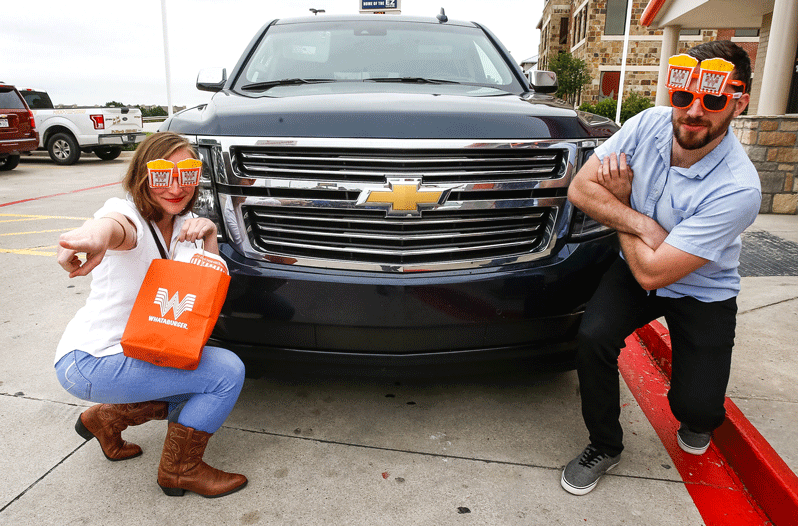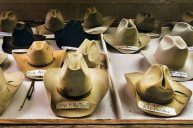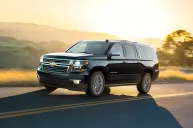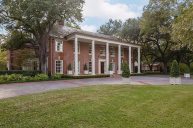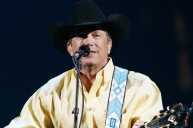This is an American road flickering on the horizon under a hot sky, wind rolling over grazing grasses and sun beams catching shiny flanks of the cattle. This road, it could be anywhere. You know the one. That long stretch bleached by the sun, a summer day with the windows down and blue sky opening wide in front of you, a speed limit faster than your car could go. You can smell it, can't you? The sweet engine scent of warm air cooled by the speed. Your skin tingling under a thin layer of sweat, legs sticking to the seats.
Videos by Wide Open Country
Nokona Factory: Nocona, Texas
Home of Nocona Athletic Goods Co., of Nokona ball gloves
Drive the interstate north and turn west. The road narrows to two curving lanes, cattle herds lumbering and horses grazing. Pass Lindsay. Muenster. Myra. Pass Saint Jo. Bonita. A giant Adirondack chair and, Nocona. You're here to see the last American ball gloves made in the USA. Nocona Athletic Goods Company, with Nokona embroidered on the fingers. A K, because you can't trademark a town's name, Rob Storey jokes with your group in the lobby. Baseball memorabilia in cases. Touch the browning pink brick wall, salvaged from the devastating fire in 2006; 10 days later, the factory was open again. Learn that not a single employee lost wages in the disaster.
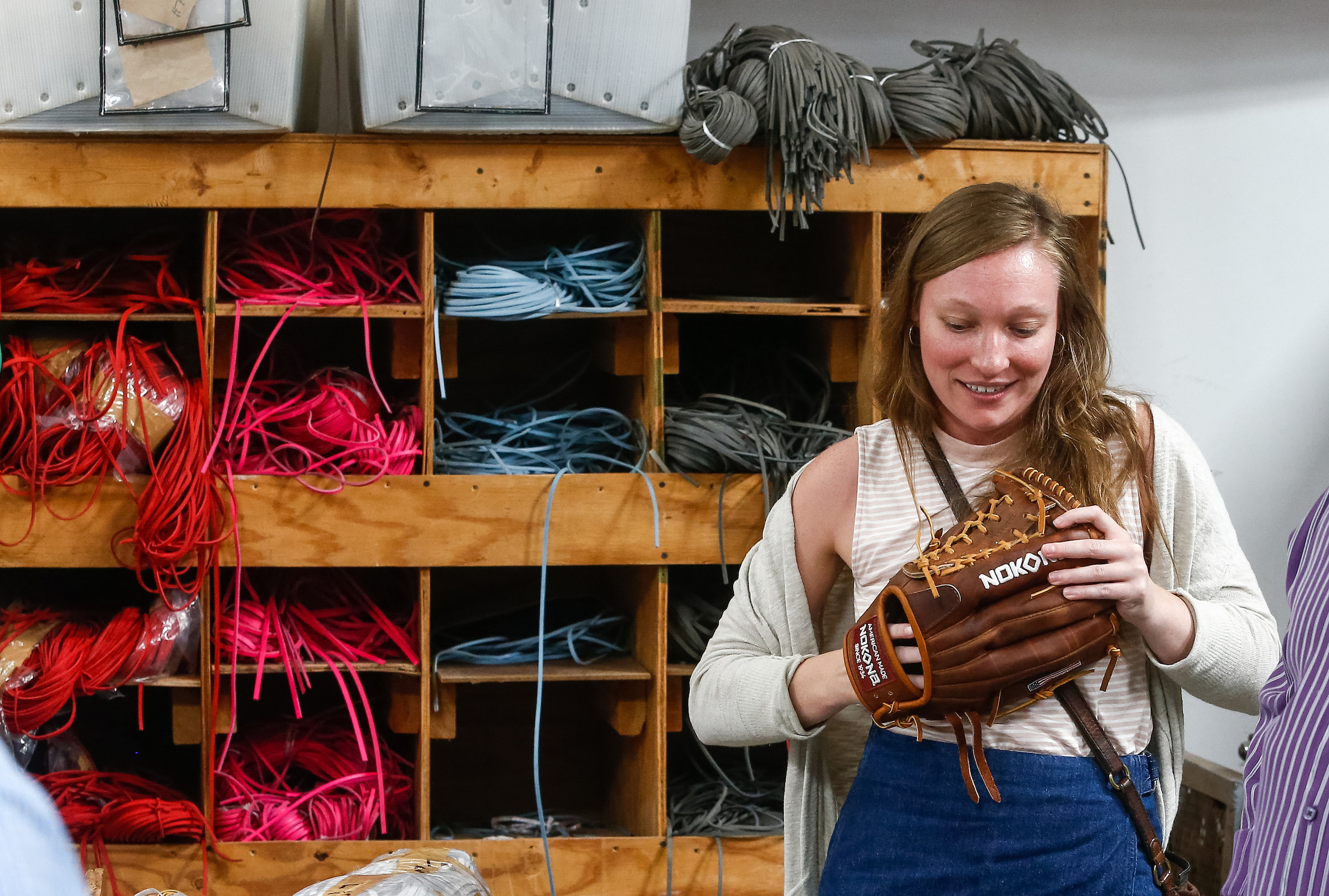
The Chevrolet Made in Texas event Thursday, May 9, 2019 at Nokona Ballglove Factory in Nocona, Texas. (Photo by Mike Stone for Chevrolet)
The factory is a mechanical ocean, machines whirring in waves, leather smacked and peeled open, cut with custom dyes that make Nokona gloves unique. Try on a left-handed glove warm from the stretcher, as pristine a glove you'll ever touch.
"There's a birthday party here today, Helen, she's been here only 58 years," Storey jokes. The bell will ring at 2:30 p.m. The employees are kind and smile, gently pausing their work as you walk by to look at what their hands seamlessly craft. There's a big baseball tournament in town next weekend, Storey says. We linger in the lobby after the tour. Someone asks if there's anything else we should know about the ball gloves. He smiles,
"Eisenhower and FDR commissioned Nokona ball gloves to every soldier in World War II for something to do on their downtime. After the war, we received letters thanking us, saying the gloves smoldered almost as good as charcoal, if not better. Those fires would burn for days and nights and even though they were burning ball gloves, the gloves kept those troops alive."
This is why, when we stop, we stay awhile.
Southfork Ranch: Parker, Texas
Outdoor location of Dallas, from 1978-1991 (Except the first five episodes!)
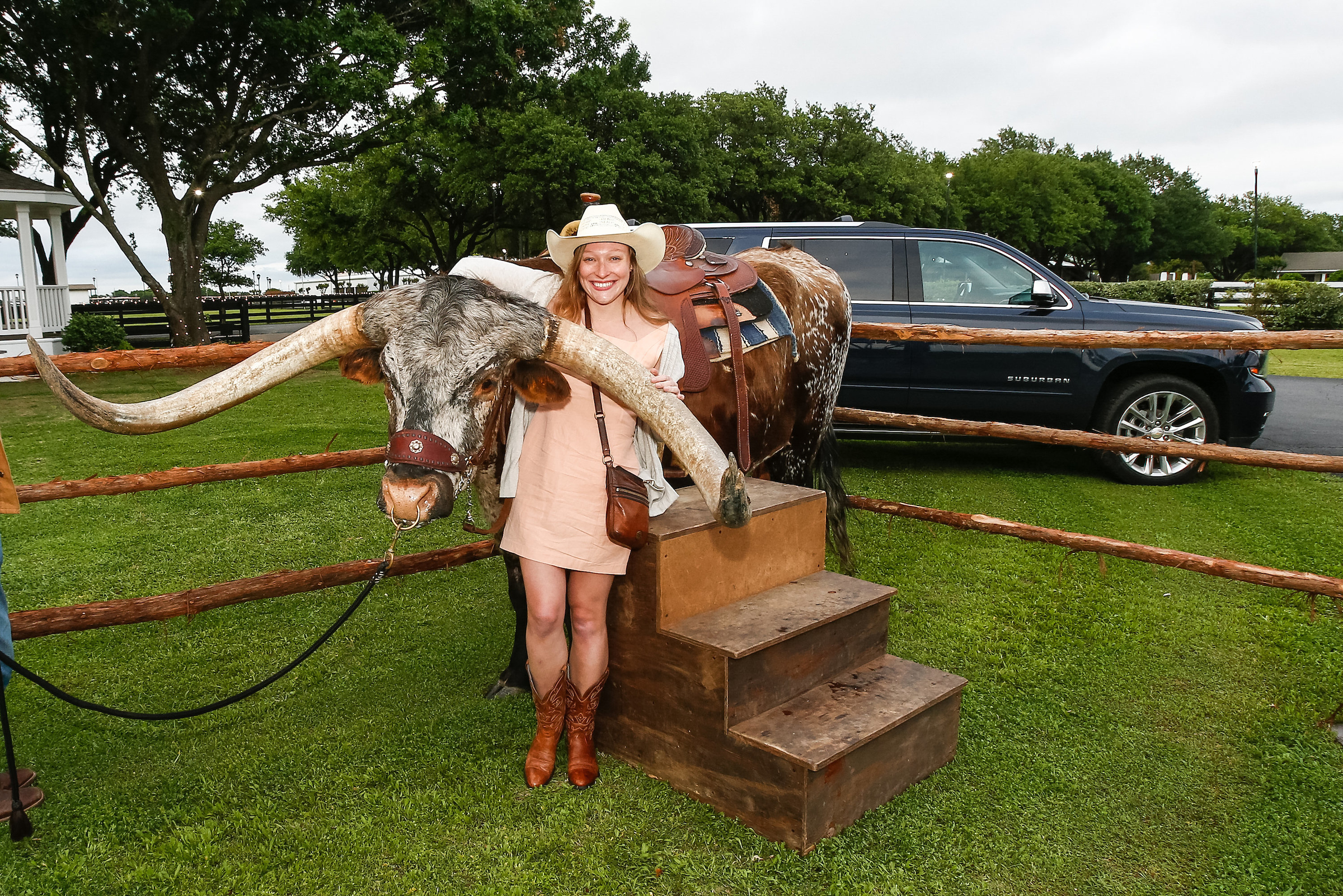
The Chevrolet Made in Texas event Thursday, May 9, 2019 at Southfork Ranch in Parker, Texas. (Photo by Mike Stone for Chevrolet)
Relish the suburban road to Southfork Ranch, relief from rush hour traffic. The sky is low and grey wind clouds lay quilted over the land. Recognize the curve of the drive, another famous white house from a show you watched with your grandmother as a kid, reruns on TV Land flickering in static. The pool is smaller than you remember. Dallas, from the outside -- Ms. Ellie's breakfast nook by the pool, the lawn, the weddings. Longhorns grazing the fields, white farm fencing the place you'd lean against and stay awhile. Feel the heat from Roscoe's horns, ivory and cracked, as he swivels his head to you, your arm looping his neck.
Meet Ms. Sally. She's recently remarried -- to her high school prom date. You both love the Hill Country, New Braunfels. Those pretty long roads, she says. Learn you'll both be at the same show on the river in a few weeks and remember to look for her red-framed glasses. She's a memory-keeper here, the beating heart of the myth of Dallas, echoes of "Who shot J.R.?" in the stairwells. A family home made famous, drenched in money and dried into debt twice over. Southfork Ranch has known a very American life.
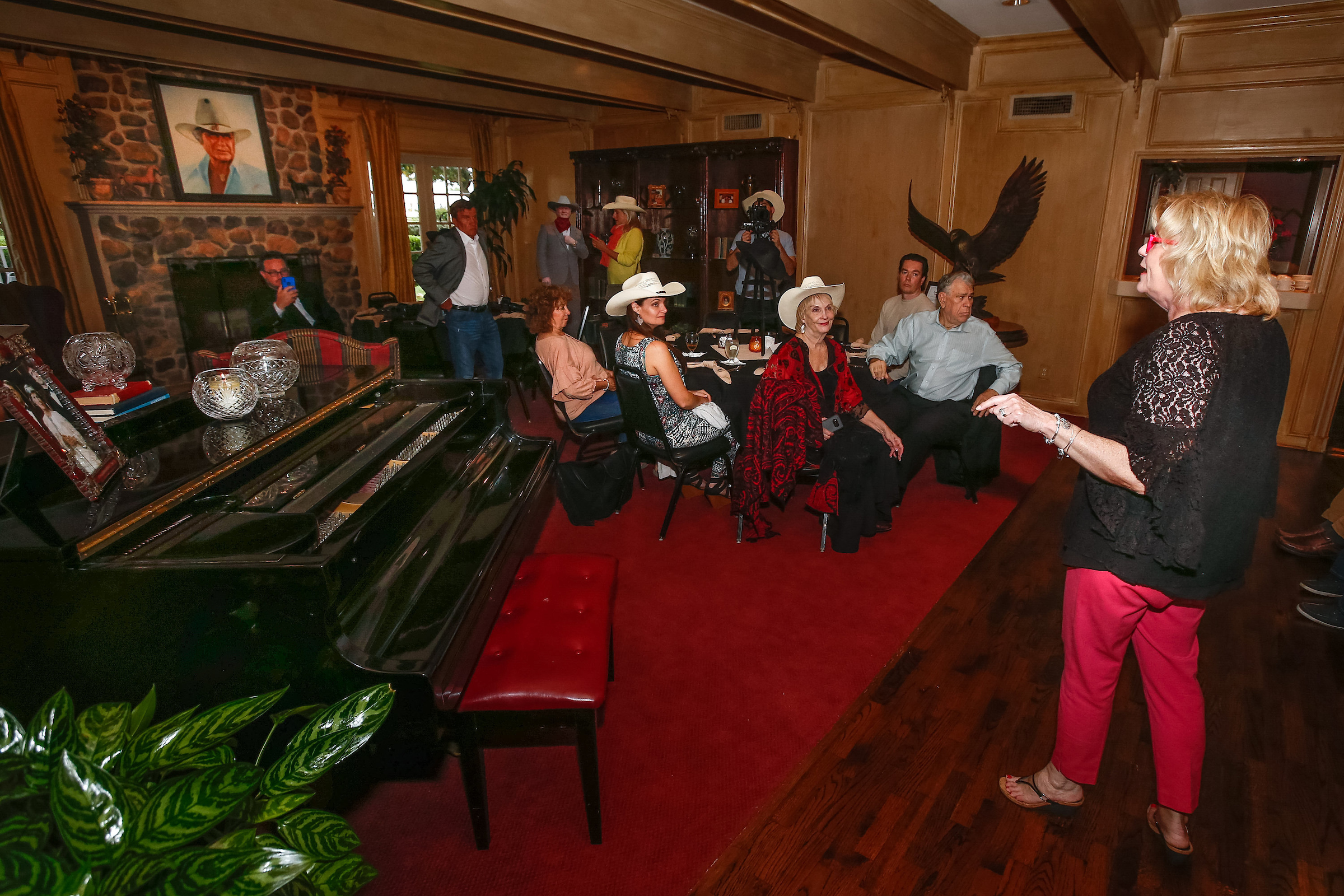
The Chevrolet Made in Texas event Thursday, May 9, 2019 at Southfork Ranch in Parker, Texas. (Photo by Mike Stone for Chevrolet)
And Ms. Sally doesn't just know the numbers, she knows you. The yous who've walked through these fields and halls come from all walks of life. The Ewings a refuge from hard lives when she tells you the story, seated on the sofa recreated from the set of the interior set in Bumper City, California. "Dallas was broadcast in 96 different countries and syndicated in over 40 languages..." Understand, beneath this pop culture pilgrimage, is comfort. Recognize the story she is telling you. It feels like this,
Your homeland is in disarray and there is nothing for you to do but watch. One day you flip the channel and you see clipped green grass and elegant barbecues drenched in sunny ease. Your life can be here, you learn nuance in language. You begin episode by episode until one day, you drive up to Southfork Ranch and the large pool you knew from the television set blurry in a land miles away is as big as the pool in your backyard here in America.
You aren't the first to make this kind of Texas pilgrimage. The beauty of Southfork is that when you leave it behind under purpled, chilly Texas starlight, you know you won't be the last.
Hatco: Garland, Texas
Home of the Resistol, Stetson, and DOBBS Factory
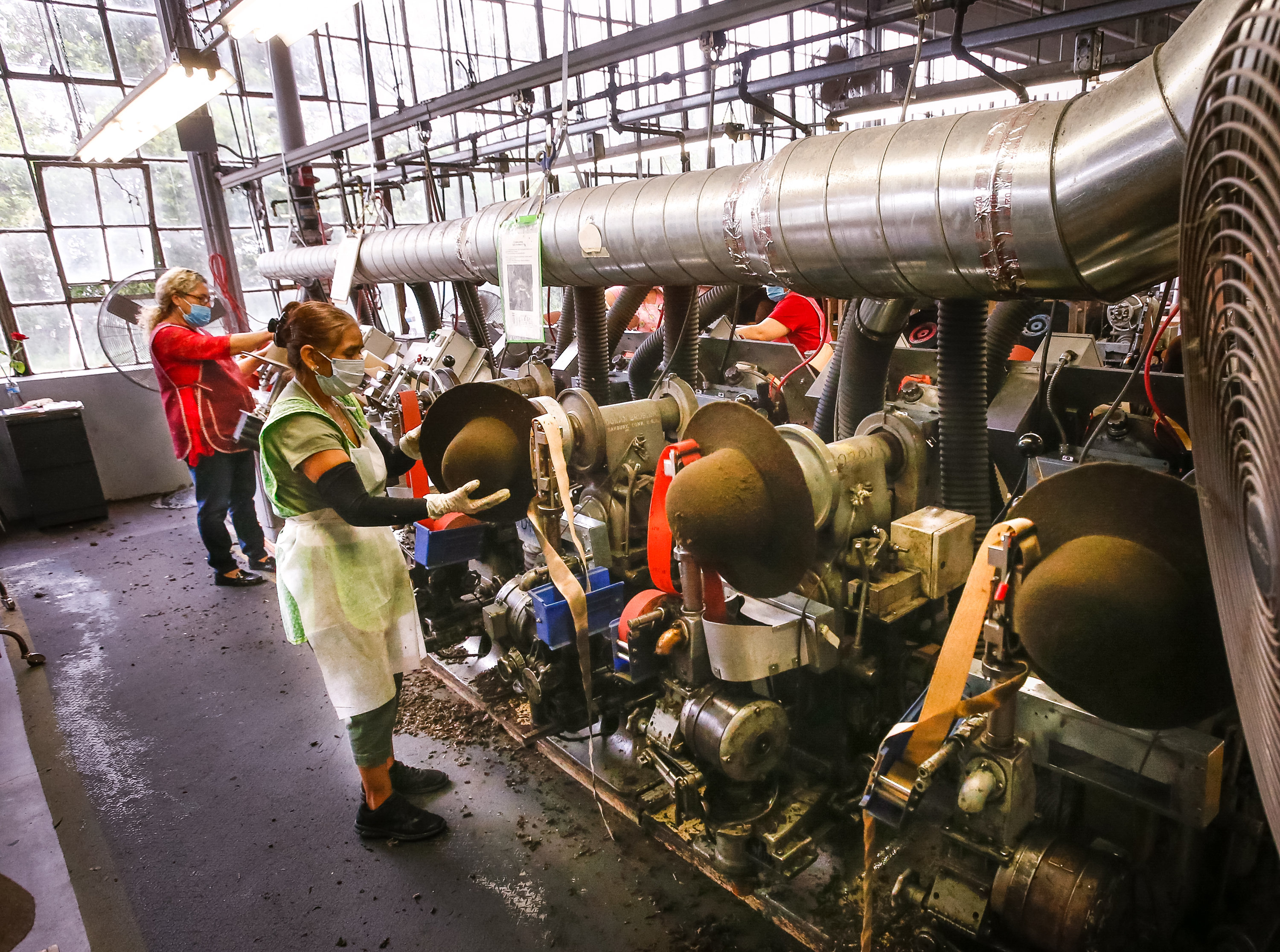
The Chevrolet Made in Texas event Friday, May 10, 2019 at Hatco Factory where Stetson and Resistol hats are manufactured in Garland, Texas. (Photo by Mike Stone for Chevrolet)
Red letters on signs flanking the door: Resistol, Stetson, DOBBS, and Charlie 1 Horse. HatCo blinds you a little against these morning overcast skies. Step into the wood-paneled lobby in front of glass cases of historic ledgers that travel from here to museums around the country. "Back when the Stetsons kept the books," Alex Rodriguez tells you later. The custom Winchester and leather saddle shine quietly a few steps just behind the reception desk. Follow the steep stairwell down to a room with long tables and hats coating the walls: turquoise, feathered, wool, straw.
The floor is hot, flames burning stray fibers from the hats -- you are standing with the only hatmaker in the world to manufacture the felt-making process from start to finish. Ms. Hazel's station at the far end of the line, past the rows of unfinished hats and sewing machines. Inspected by Hazel, the tag she sews in reads. "Every inspector's name goes in every hat they approve," Dan Brown tells us as he gives the tour. "Ms. Hazel here, she's one of the young ones, over forty years with us."
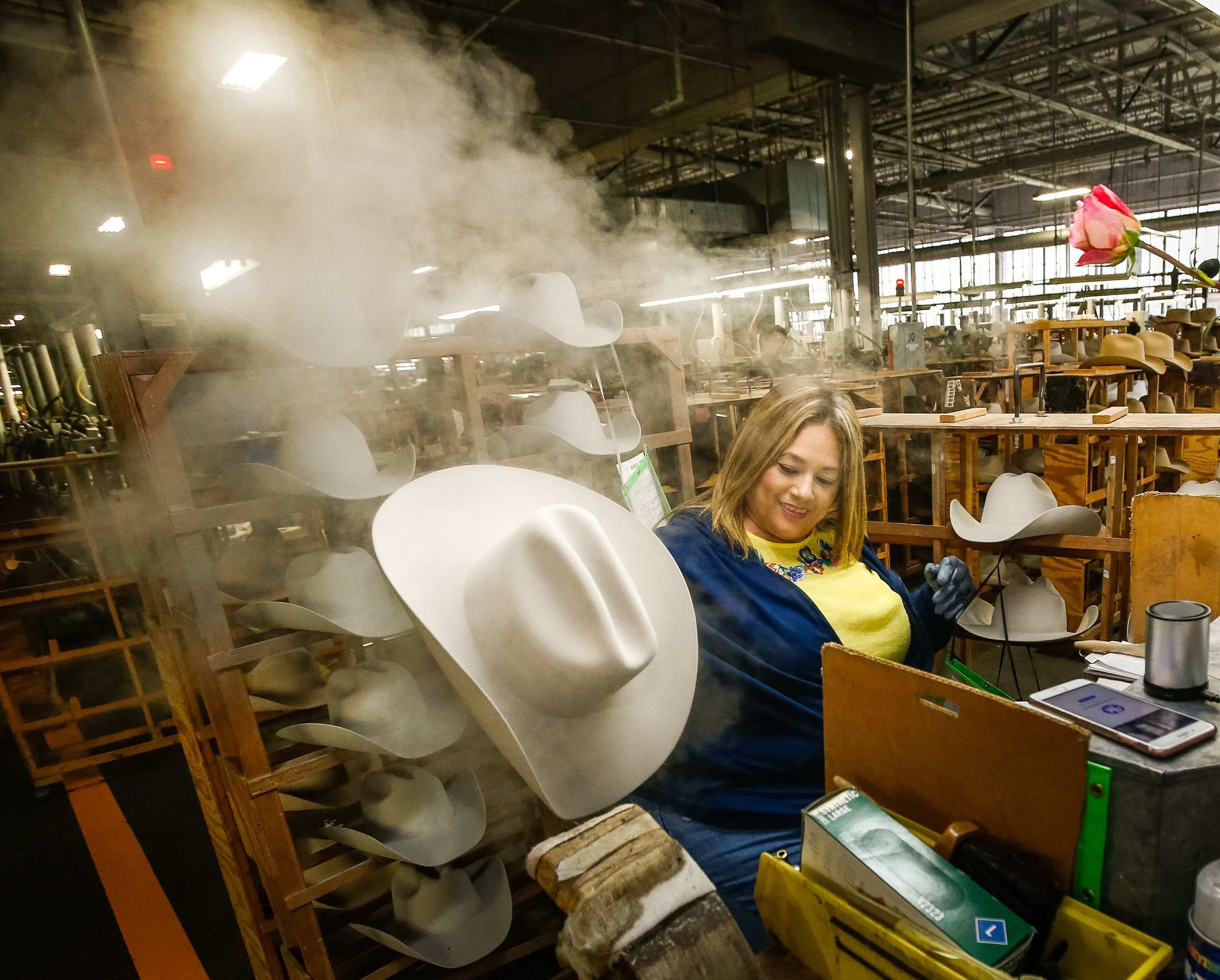
The Chevrolet Made in Texas event Friday, May 10, 2019 at Hatco Factory where Stetson and Resistol hats are manufactured in Garland, Texas. (Photo by Mike Stone for Chevrolet)
Chat with Dan as you cross the parking lot to the straw hats factory. Pink-hued Mother's Day balloons float from stations where red roses sit inside glass bottles, small vases. "Do you organize these kind of events?" you ask Alex as you pass the factory stations and smile hullo at their nodding faces, hands dextrous with memory. "No," he looks around the room, "They all get together and plan the occasions, we had a Mother's Day brunch this morning." Count the roses at each station as you follow Alex through the floor.
Hold a famous Richard Petty rattlesnake hat in your hands, gold letters on the lining, Made especially for Richard Petty. "He has a lot of custom hats made for charity events," Alex says and when you run your fingers over the rattlers, you can almost hear the echoing metallic corridors of the children's hospital.
GM Assembly Plant: Arlington, Texas
The only place in the world where Chevy Tahoes and Suburbans are made
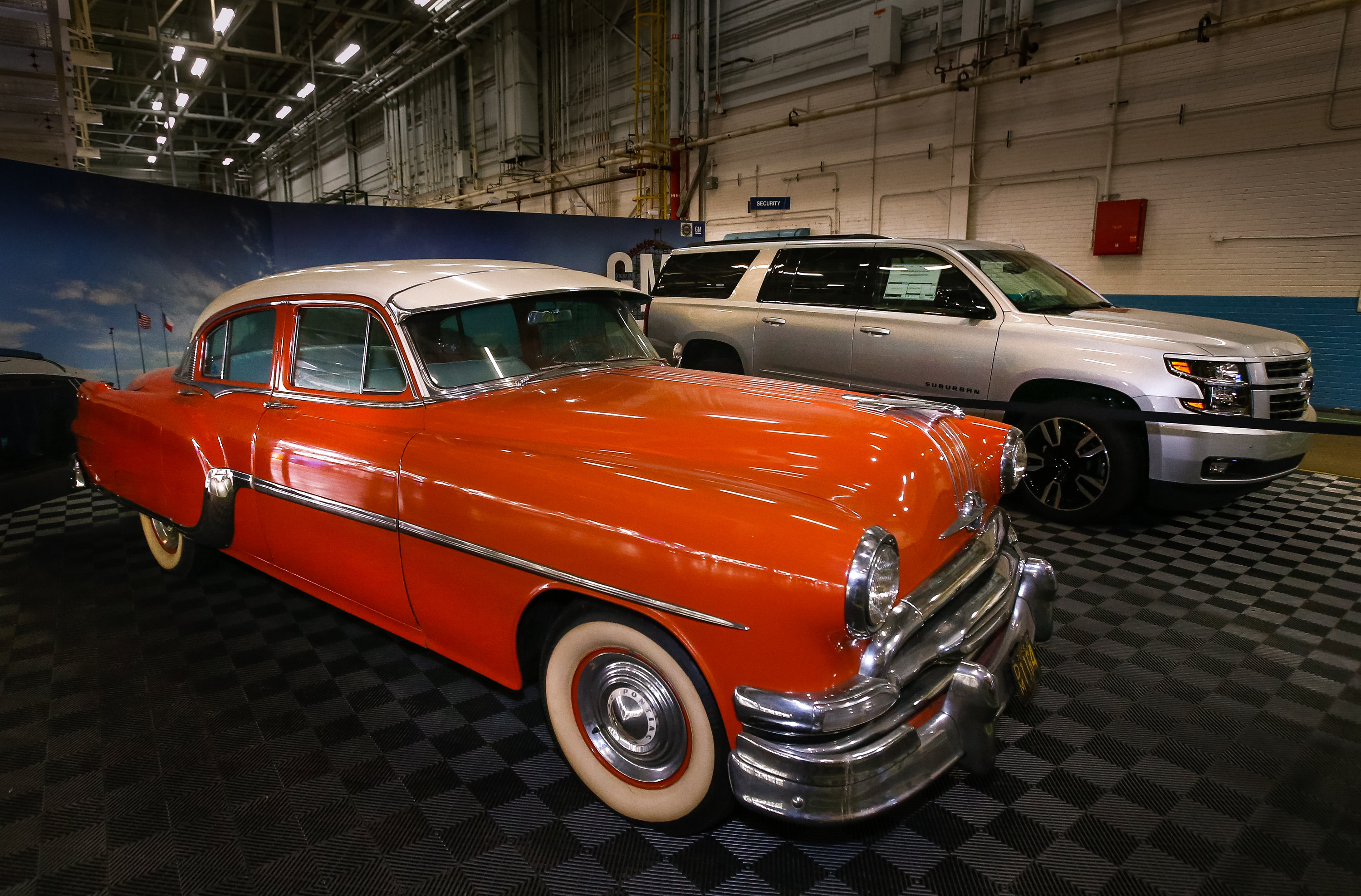
The Chevrolet Made in Texas event Thursday, May 9, 2019 at Chevrolet Arlington Assembly in Arlington, Texas. (Photo by Mike Stone for Chevrolet)
Leave the Stetson ledgers and flaming cowboy hats behind. Head west around the city until the streets quiet down and you recognize the factory part of Garland, anchored by the General Motors Factory. You're here to see the only place in the world where Chevrolet Tahoes and Suburbans are made. One truck per minute; 1,200 vehicles daily. "The lifeblood of Arlington," someone says as you enter the giant grey warehouse.
Watch the Tahoes and Suburbans come through the final product line, lumbering and sparkling bodies slowly moving on the conveyor belt. American ingenuity in shades of red, pearl, black. The Pontiac Chieftain sits just beyond the factory floor door, flanked by a brand new Tahoe: the first model built here and the last. The wide shiny floors lead you back into the corridor, the photographs of men with flat-top haircuts and pocket protectors proudly flanking a car, fresh off the line.
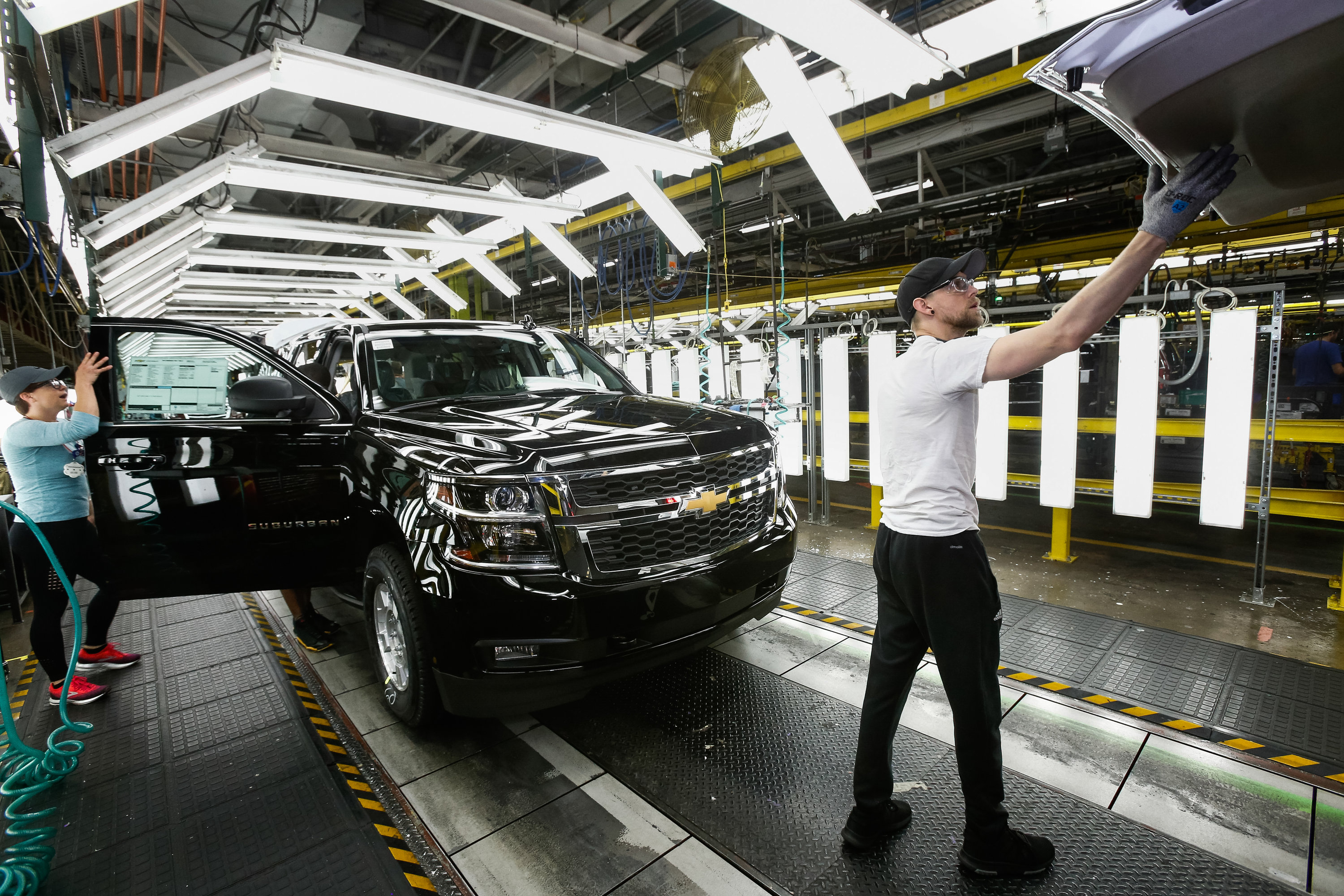
The Chevrolet Made in Texas event Thursday, May 9, 2019 at Chevrolet Arlington Assembly in Arlington, Texas. (Photo by Mike Stone for Chevrolet)
General Motors and Chevy work with local schools in Arlington, they sponsor STEM programs in the region. Raul Villareal asks the group, "Why would we do that?" "To invest in the next generation," you answer -- the community of Arlington has grown proudly around this warehouse. "That's exactly right," he says, "Investing in our community. In our home. That's what matters," and he slowly turns to one of the photographs on the wall.
"I'm in this one," he says to you and when you lean in to see his face among the group in the photograph, understand that when Raul Villareal is telling you about his community in Arlington, he counts himself among them.
Wave goodbye to North Texas in the rearview and follow the interstate south toward home. The beauty of this American road, this almost-mythical place, is not that it's empty or that it leads to isolation--it usually doesn't.
No, the beauty of an American road is its travelers. We know something that others do not: the value of staying awhile. We look around the towns we pass, we linger in the rest stops with the cleanest bathrooms that we heard about 300 miles ago, two states over. Because we know that each stop on that road is another place you could call a kind of home.
This post was originally published June 5, 2019.
